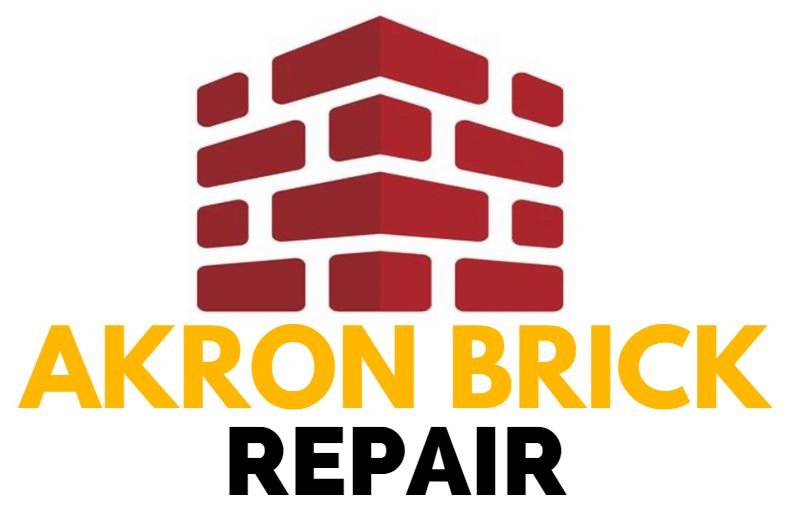When you’re restoring a historic building, matching bricks isn’t just about color—it’s about preserving architectural soul. You’ll need keen eyes, scientific precision, and respect for craftsmanship. Every brick tells a story, and getting the details right means understanding its unique material history. Imagine reconstructing a structure where each brick seamlessly blends past and present, where authenticity speaks louder than modern replacements. Want to know how experts access these architectural secrets?
Understanding Historic Brick Composition
When restoring historic buildings, comprehending the singular composition of original bricks is crucial to maintaining architectural integrity. You’ll need to investigate the chemical composition and firing temperatures that define each era’s distinctive masonry. Historic bricks aren’t uniform; they vary based on local clay sources, manufacturing techniques, and regional traditions. You might uncover subtle differences in color, texture, and durability that tell a rich story of craftsmanship. Brick coloring techniques can help restoration specialists match the original aesthetic when exact replacements are unavailable, ensuring visual continuity in historical preservation. By meticulously analyzing these nuanced characteristics, you’ll guarantee your restoration project respects the building’s original aesthetic and structural essence, preserving its historical authenticity with precision and care.
Tools and Techniques for Precise Brick Analysis
Having disclosed the intricate details of historic brick composition, restoration specialists now require specialized tools and approaches to carry out precise brick analysis. You’ll need advanced methods to guarantee accurate matching and conservation.
Your toolkit for successful brick investigation includes:
- Analytical microscopy for detailed material examination
- Field investigations to assess in-situ brick characteristics
- Spectroscopic analysis to determine precise chemical composition
These sophisticated techniques help you comprehend the nuanced qualities of historic masonry. By employing rigorous scientific approaches, you’ll assuredly restore architectural heritage with exceptional precision and respect for original craftsmanship. Brick restoration services in Akron, Ohio demonstrate the importance of thorough material analysis and precise matching techniques for maintaining structural integrity.
Regional Variations in Clay and Manufacturing Processes
Every historic brick restoration project reveals the phenomenal variety of regional clay compositions and manufacturing methods. You’ll uncover that soil composition dramatically influences brick characteristics, from color to durability.
Different regions like the Midwest and Northeast have unique clay profiles that shape their traditional brick-making techniques. Manufacturing innovations have transformed how artisans approach restoration, allowing more precise matching of historic materials.
When you’re working on a restoration, comprehending these regional subtleties becomes vital. By recognizing the subtle differences in clay sources and production methods, you’ll guarantee a more authentic and respectful reconstruction of historic structures.
Sourcing Authentic Period-Specific Materials
Because historic brick restoration requires painstaking attention to detail, sourcing authentic period-specific materials becomes an essential challenge for preservationists. You’ll need to master several key strategies to succeed:
- Oversee thorough historical documentation review of original building records
- Carry out detailed brick sample acquisition from comparable regional sources
- Collaborate with specialized archaeological and architectural conservation experts
Matching historic bricks isn’t just about color—it’s about understanding the unique manufacturing techniques, clay compositions, and regional variations that define each historic structure. Your commitment to precision guarantees that restoration work feels authentic and respectful to the original craftsmanship, preserving architectural heritage for future generations.
Advanced Matching Strategies for Complex Restorations
Sourcing genuine materials sets the stage for intricate brick restoration challenges that demand sophisticated matching techniques. You’ll need to command quality control by carefully analyzing color, texture, and composition.
Optimizing workflow efficiency means employing advanced digital scanning technologies and pigment matching systems that capture subtle variations. You’ll want to compare historical samples, use spectral analysis, and consult architectural archives to guarantee precise replication.
Color, Texture, and Weathering Replication Methods
Skilled brick restoration hinges on carefully replicating the color, texture, and weathering patterns of original materials. You’ll need to master techniques that capture the essence of historic structures. Consider these critical strategies:
- Perform precise mortar analysis to match original composition
- Use advanced brick coring techniques for accurate material sampling
- Develop contextually relevant replication methods that honor architectural heritage
Your success depends on understanding subtle variations in brick aging. By studying historical context and employing meticulous matching approaches, you’ll guarantee restoration work that seamlessly blends new and original elements, preserving the building’s authentic character and aesthetic integrity.
Preserving Architectural Heritage Through Meticulous Craftsmanship
Mastering brick restoration isn’t just about technical precision—it’s about respecting the designer’s stories etched in every weathered surface.
When you collaborate with an expert mason consultation, you’re not just repairing walls; you’re preserving architectural narratives that connect generations. Historic preservation guidelines provide critical structure for maintaining structural integrity while honoring original craftsmanship.
Your commitment changes fragile remnants into living testimonies of architectural heritage. Each carefully matched brick becomes a bridge between past and present, telling stories of skilled artisans who first shaped these enduring structures. Restoration is more than reconstruction—it’s paying tribute to history’s silent witnesses.
Frequently Asked Questions
How Expensive Is Brick Matching Compared to Standard Restoration Techniques?
You’ll find brick matching can be 2-3 times more expensive due to specialized material costs and intensive labor requirements, demanding skilled workmanship that preserves historic structural integrity.
Can Modern Bricks Successfully Mimic Historical Brick Characteristics and Appearance?
You’ll find modern brick manufacturing can closely replicate historical aesthetics by precisely controlling texture, color, and weathering patterns, ensuring your restoration project feels authentically connected to its original designer heritage.
What Are the Risks of Improper Brick Matching in Heritage Sites?
You’ll compromise design authenticity if mismatched bricks alter historical preservation, potentially destroying the site’s cultural narrative and diminishing its emotional and structural integrity.
How Long Does a Typical Brick Matching Restoration Project Usually Take?
You’ll find brick matching restoration projects typically span 3-6 months, depending on your masonry contractor’s experience and the brick procurement timeline, which can vary based on material rarity and sourcing complexity.
Do Insurance Companies Cover Specialized Historic Brick Restoration Work?
You’ll need to review your insurance policy carefully. Most standard policies don’t cover specialized historic restoration, so you’ll want expert consultation to understand potential coverage and additional restoration insurance options.

